African photography through the eyes of Ekow Eshun & Adrien Sauvage
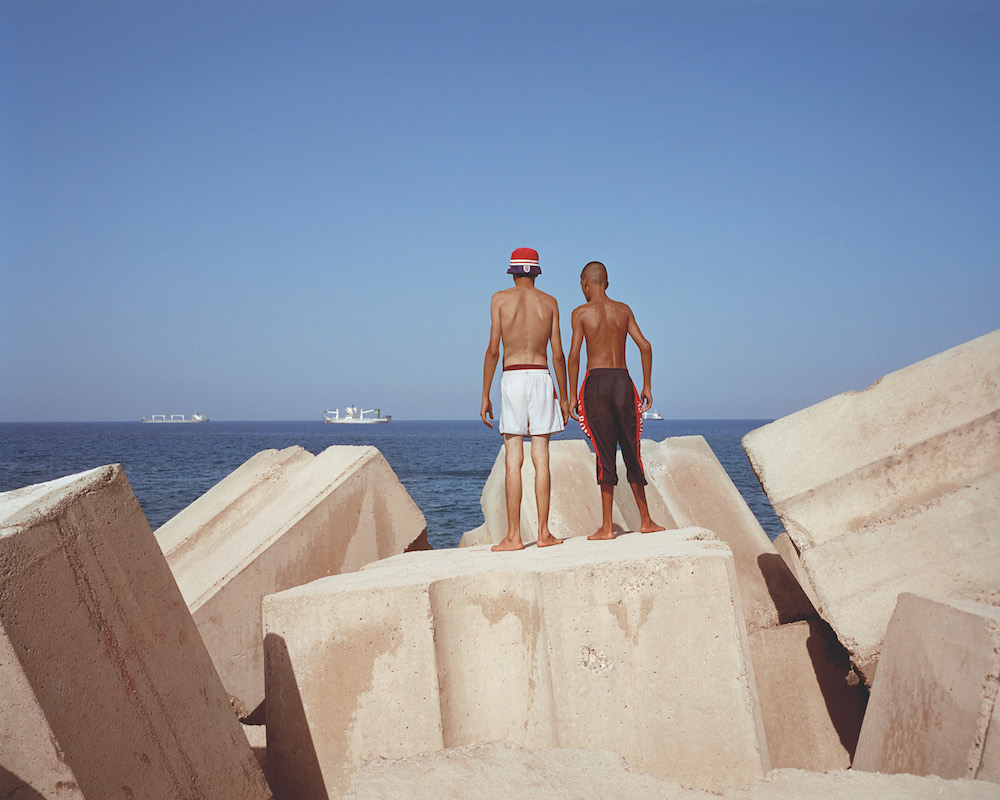
There is a sense of distance when approaching the topic of Africanism not only physically, but emotionally. A generational divide has excluded millennials from the conversation, yet is the reason why we have a profound sense of care for the topic. A knowledge gap in the understanding but also – as a black male – the portrayal of what it means to be ‘me’. I am at a point in life where I am physically the furthest away from my culture but emotionally closer than I have ever been, asking the question ‘How have images of Africa in the past informed my future?’
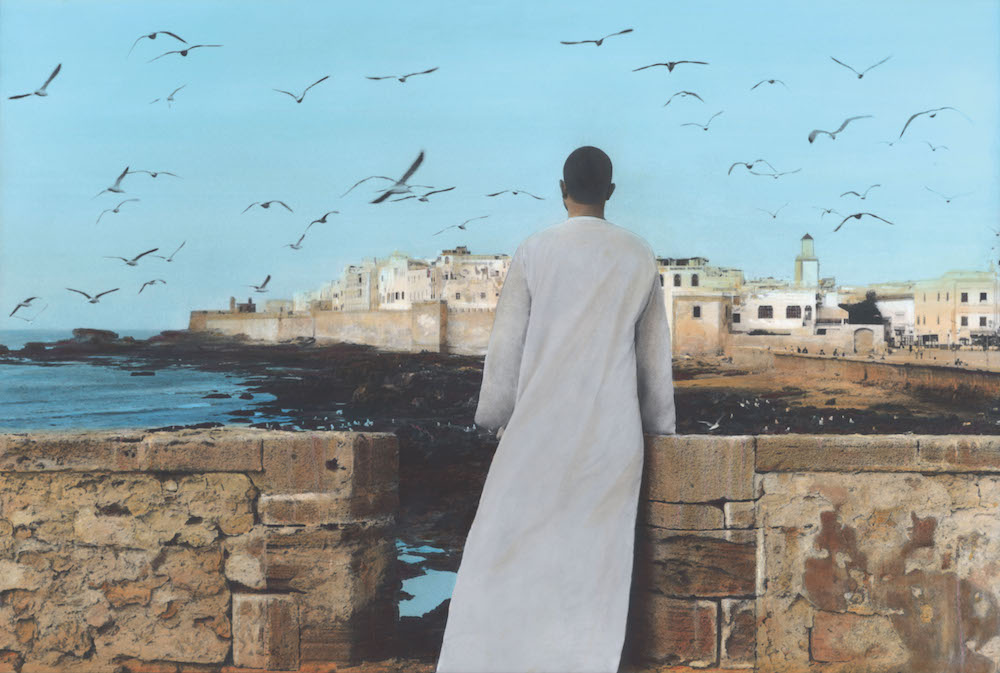
We have all but finished our scripted conversation and Ekow Eshun takes a moment to go off topic. He begins to tell this story about a photo he has in his living room, one of his father and Malcom X in Ghana. It was taken during one of the civil rights leaders first visits to Africa and is a somewhat “semi-official” photo of the two. A supporter of the first Ghanaian president, Kwame Nkrumah – who led the Gold Coast to independence from Britain in 1957, Ekow’s father worked for the Ghanaian High Commission. “This photo has always struck me as a moment of Ghanaian liberation. One of post-independence and pan-Africanism”, he says. “But in truth it is a moment of complexity, cosmopolitanism and transculturalism. It reminds me of how complicated ideas of place, identity and history are. You can read many different things in that photograph. My dad’s trajectory, Malcom’s trajectory. What that says about Africa and America. What that says about middle passage and narratives of return. All those things come into play, but it is still a photo taken in Africa.” Instantly I understand the importance of this image. He continues: “It has always reminded me that Africa doesn’t stand outside of those narratives and that photographs themselves can offer a way to read, look and remember complexity.” This idea of visual depth is a theme that is at the heart of the story about photography in the region, and strikes a timely cord about the truth within them.
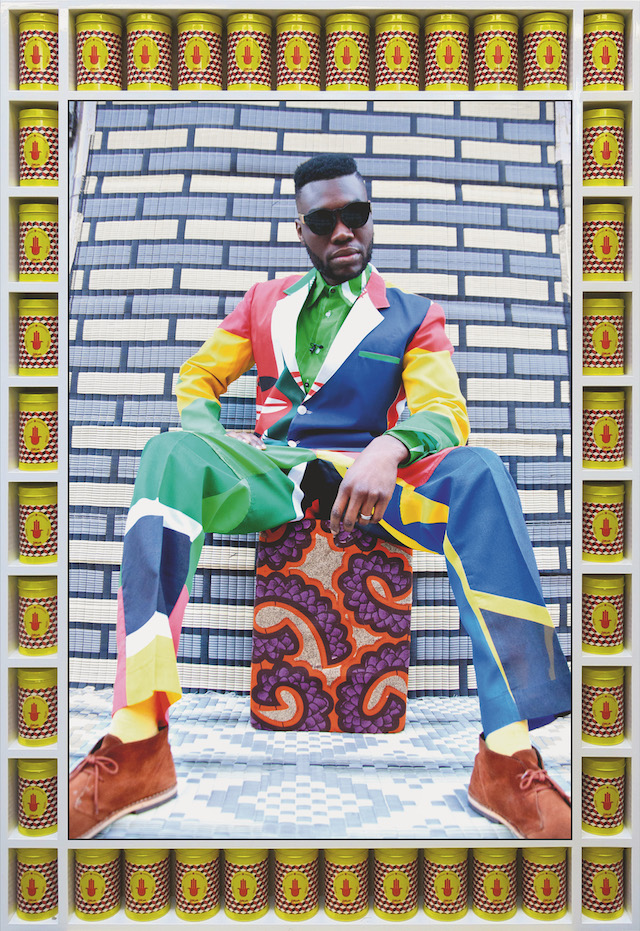
The continent of Africa has had its narrative spun plenty of times in modern history; from a place of refuge to economic growth and more presently a creative hub. At times the continent has been portrayed under the guise of beliefs that are either untrue or under researched, treated with both intellectual praise and scrutiny. Modern history will have many thinking of campaigns like the BBC’s comic relief efforts, with celebrities acting in a somewhat saviour like manner for young children and families, as a token for what is deemed wrong, but in reality there are many anecdotal media spots that have perpetuated this idea overtime.
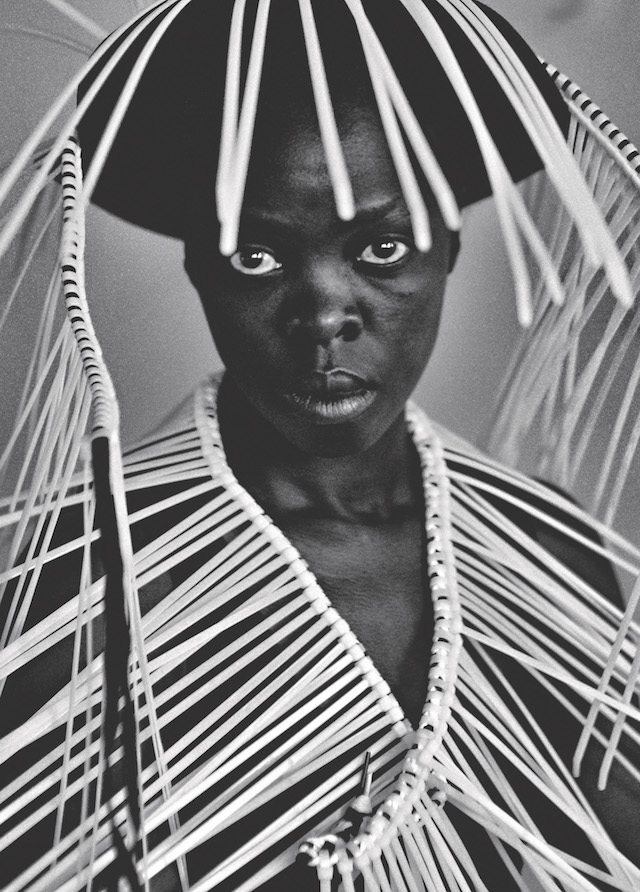
“Photography in Africa arrived in the region around the mid 19th century and about 100 years after that, until the independence era, it acted as a tool in many ways to discriminate against the people of the continent”, Ekow recalls, plucking dates from his head with ease. “Taken from an imperial standpoint that almost set about to portray it as a dark continent, one that almost stood outside of time and history.” This in turn lead to a perception that could be seen as factual by the West. “There seemed a break in this view post-independence era however whereby photographers began to develop their own point of view on what these countries looked and feel like.” This is the stimulus for Ekow’s reasoning behind his book ‘Africa State of Mind’ — a journal that collates the work of an emergent generation of photographers from across the region.
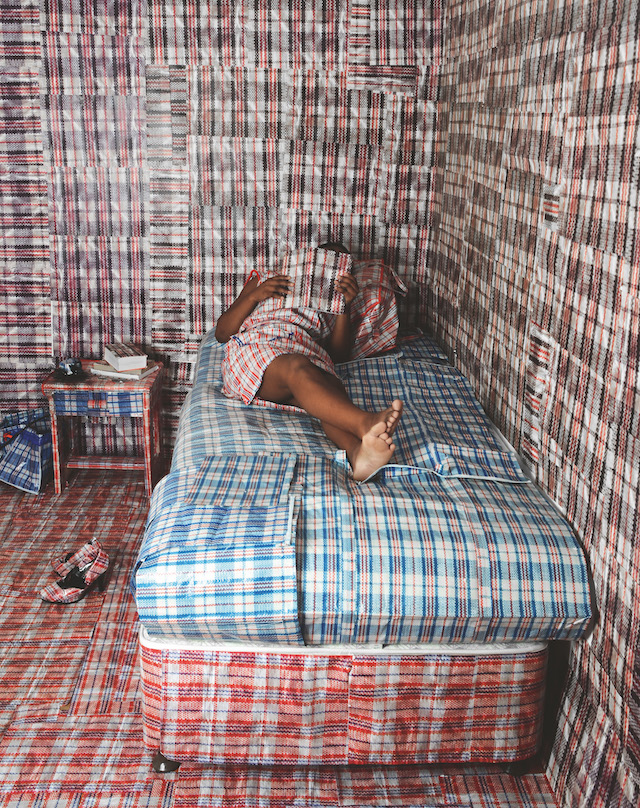
The former Director of the Institute of Contemporary Arts notes the book’s purpose was as much about the past perspective as it was artistic liberation. “I wanted to know what it meant to be an African photographer in Africa, to pick up a camera and take photos of people with an imperial legacy in mind. How do the photographers’ images counter the historical narratives while still asserting the position of an artist who seeks the freedom to express their own individual position?”
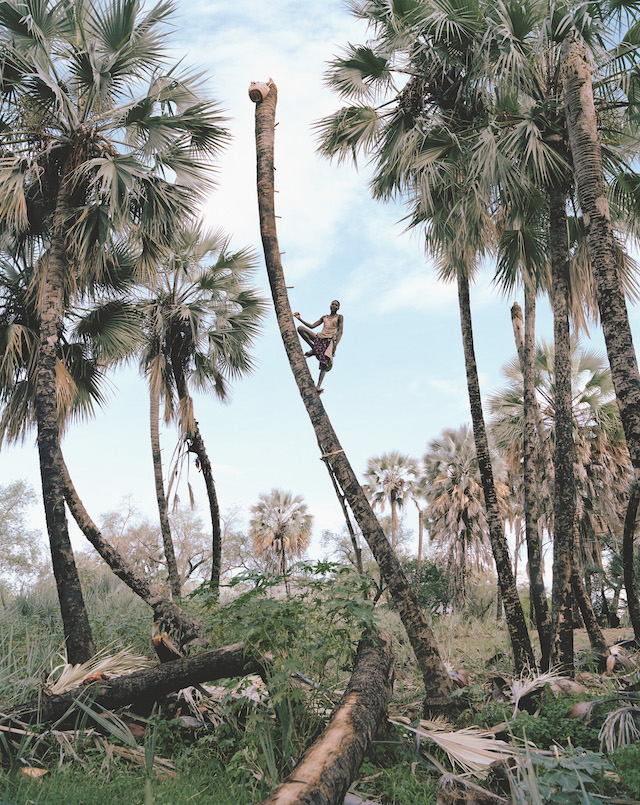
The book shapes a story that feels somewhat liberated from the bias of past historical imagery. The idea of globalisation springs to mind upon looking deeper into how these stories pivot, explore and release ideas of freedom. The countries become normalised by daily activity. “There isn’t a single truth about Africa, there are multiple angles, identities and histories”, notes Ekow. “Each of those comes from a photographer that is finding their own way to artistic freedom, that is how we get to a set of perspectives on Africa that break out of an idea of objectivity and a monolithic sense of identity.” Although easily articulated it is a theme that is much harder to consciously take on board. The collective experience of people and photography is very much subjective, particularly when applied to countries across continents. Take the perception of North and South Korea for example – it is not easy to dispel visual stories that have been played on loop for years even if there may be a new ‘truth’ out there. These are shaped by our views and perspectives of past, making it somewhat easier to understand why for so long this notion of Africa as a backward land has been maintained. It has remained a psychological constraint for some, yet it is liberating that contemporary photography’s role in this narrative is to give a different perspective and sense of realism while changing our view of modern identity.
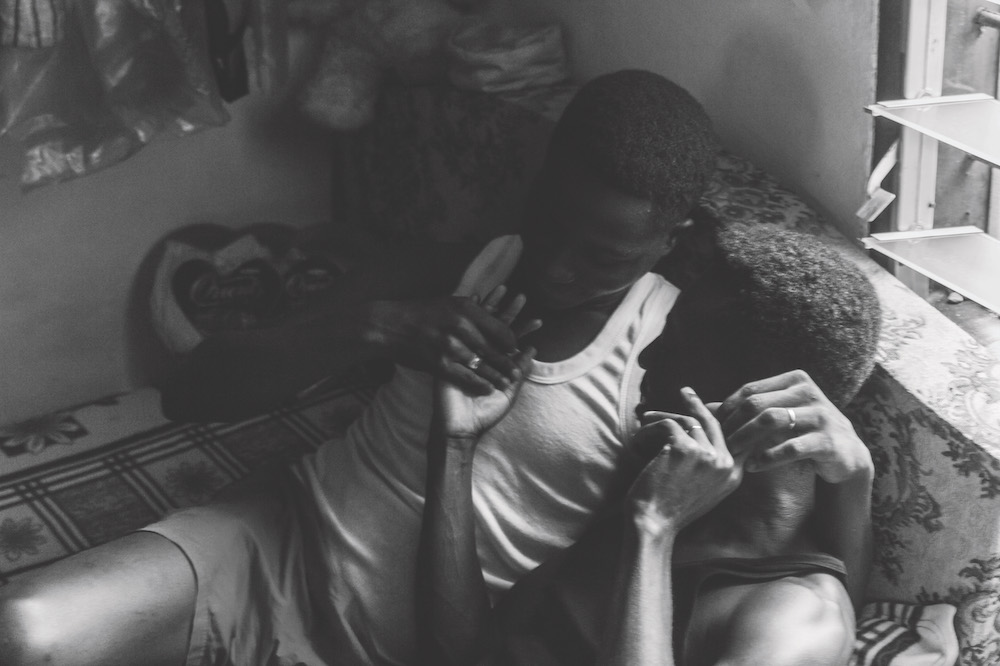
Take Eric Gyamfi, whose work in his series ‘Just Like Us’ (2016) focuses on shedding light on the LGBTQ+ community, is riddled with the question of what the idea of ‘self’ looks like. Homosexuality is punishable by life imprisonment in some African countries like Zambia and Uganda, whereas Sudan and Northern Nigeria it is even punishable by death. In his native country of Ghana same sex activity is illegal yet his images tell a different story. Set out to normalise the idea of queerness they are shot in a very textured manner, and an example of work that forces the question ‘What is the role of the photographer?’ – to serve? To expose? Either way, it opens a dialogue that paints Ghana as a country like any other, one with a diverse set of people. This notion is echoed in the work of South African artist Zanele Muholi whose images also centre around race, gender and sexuality, while noting ideas of hardship and liberation. This is particularly seen in her work ‘Faces and Phases’ (2006-) which are portraits of lesbian women and trans men that look to counter traditional portraiture. With almost each subject having a slightly displaced and stony look, the series displays feelings of rawness and disdain. These images offer as escapism and perspective with identity at its core, contradicting past ideas of right and wrong. Ekow notes that the lack of “visual representation is what should be questioned rather than these themes not existing” when it comes to such topics. With that being said both Zanele and Eric’s work brings me back to one notion – perspective. It is the emotional layers within these images that is overlooked in the wider narrative of African storytelling, that makes me seek out the opinion of Ekow, but also Adrien Sauvage.
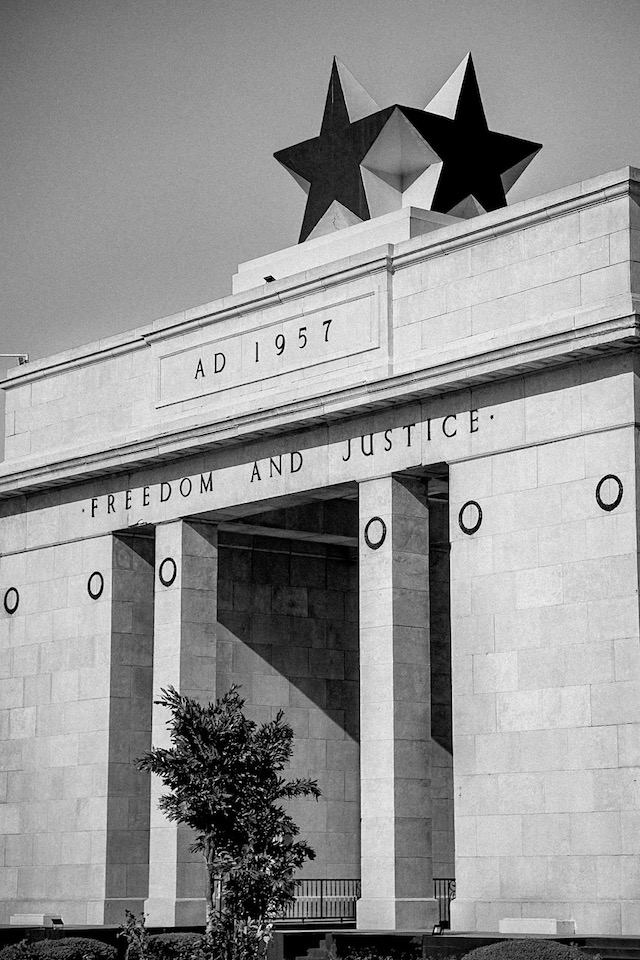
Sauvage, who now resides in L.A, has had his personal identity shaped further by his time in the United States, marked by his own family’s legacy and his ownership over 200 books on African history. “I can trace my ancestors lineage who came In 1791 until present day. We all have the same surname so when you go to Sierra Leone there is ‘Sauvage Square’ – these things are in plain sight. As African-Europeans, we sometimes don’t understand that is the same family.” European identity trickles its way into the conversation and it is clear that this added sense of self has added a new meaning to his visual dialogue.
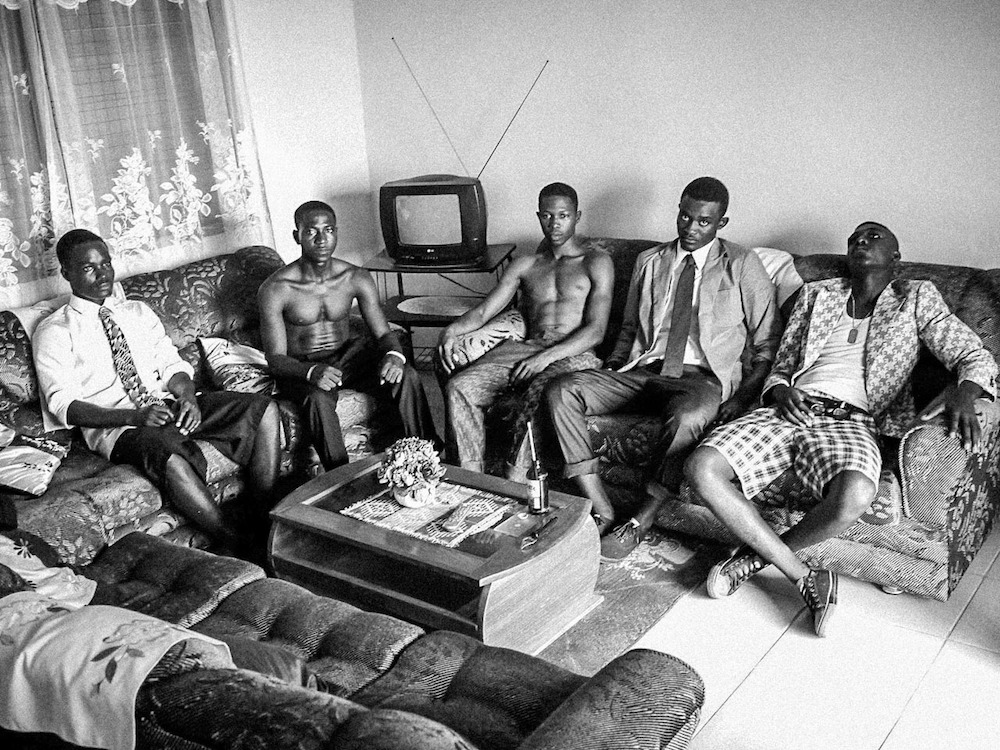
On a recent visit to Ghana his images have focused on landscapes and city streets, a shift from previous work. Stories through individuals are important but city living shows the region in a new light. There are shots of ‘The Independence Arch’ in Accra alongside animals walking parallel with moving traffic, simultaneously showing a country that is both alive, and still. “Photography is important”, he says, “because it will document our time with what is happening and who was doing what.” Photographers like Andrew Esiebo, Kadar Attia and Kyle Weeks also emphasise this through images of the wider region. It brings me back to some words from Ekow when reflecting on one of thematic sections of his book called ‘Hybrid Cities’, “These are spaces that hold both complex histories of empire, domination and capital aspiration as well.” There seems multiple parallels with that thought and Sauvage’s recent images of the city.
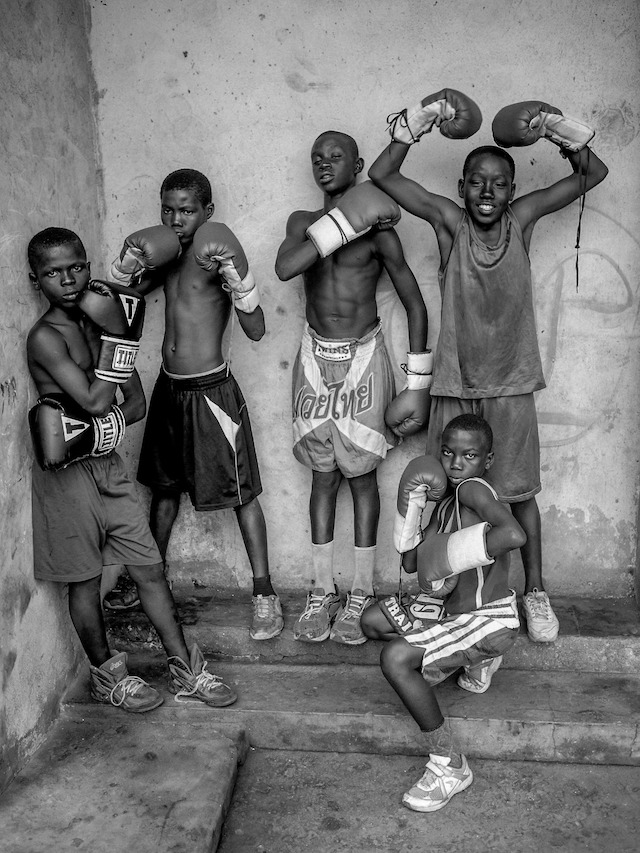
Before the conversation finishes, we circle back to the current narration of African photography in publications, a topic that which sets the discussion alight. “What should be put forward is the storytelling that goes around it (photography). Because the perspective of the Western environment will be new. Fashion magazines don’t showcase Africa in high esteem because they are filtered through a different lens.”
Thankfully, Adrien and Ekow are championing and providing lens’ that allow Africa to take ownership of its varied and distinct narratives.
Africa State of Mind, Contemporary Photography Reimagines a Continent by Ekow Eshun is published by Thames & Hudson




